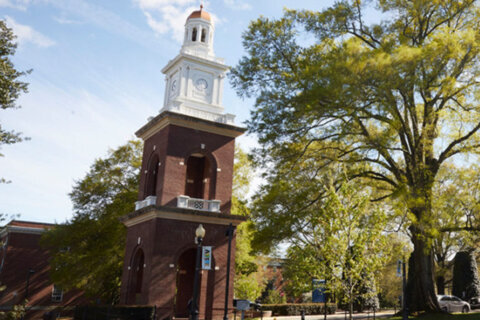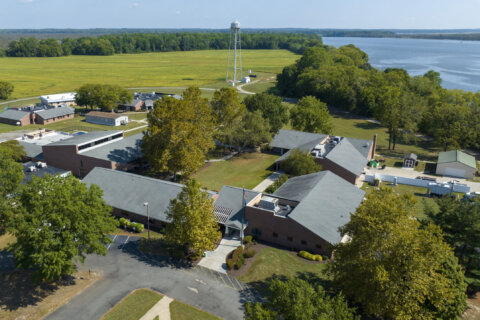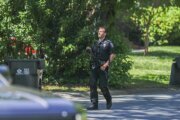This article was republished with permission from WTOP’s news partner InsideNoVa.com. Sign up for InsideNoVa.com’s free email subscription today.
This article was written by WTOP’s news partner InsideNoVa.com and republished with permission. Sign up for InsideNoVa.com’s free email subscription today.
Virginia Railway Express officials are calling the move to cut fares in September a success.
Last month, VRE went fare-free for all rides in an effort to draw commuters returning to offices as well as Metro riders affected by the Yellow Line shutdown north of Reagan Airport. In October, fares remain free for rides between Zones 1, 2 and 3, or from Backlick Road on the Manassas Line and Franconia-Springfield on the Fredericksburg line to Union Station and vice versa.
In September, average daily ridership was 6,767, a 32% increase from August. Overall ridership in the month increased from 117,880 to 142,102 even though September had two fewer service days.
“The Monday and Friday ridership came up,” CEO Rich Dalton told the Potomac Rappahannock Transportation Commission at its most recent meeting.
When the agency first floated the idea, Dalton and other officials said that no one in VRE was suggesting going completely fare-free year-round like transit agencies in Alexandria and elsewhere have done. But, they said, staff might consider another fare-free September next year if the idea succeeded.
While at a two-year high, ridership remains less than half of what it was before the COVID-19 pandemic. In September 2019, average daily ridership was 19,319. In September 2021, it was just 2,726.
But VRE leadership says the commuter rail network still isn’t facing a budgetary cliff that would force major service cuts, despite fare revenues being just a fraction of what they were prior to 2020.
The agency has yet to hit its fiscal 2023 budget projections of 8,000 daily riders, but a preliminary draft of its fiscal 2024 budget – which will ultimately be adopted in January – projects average daily ridership of about 10,000 netting VRE $29 million in fare money.
Chief Financial Officer Mark Schofield told the PRTC board that VRE had nearly exhausted all of the money it received from the 2020 CARES Act. But after that, he said, just like other transit agencies, VRE will still have money to use from the second stimulus bill passed in 2020 and the American Rescue Plan Act from 2021. Right now, the agency is projecting to need $32 million to cover operating losses next fiscal year.
“I want to be very clear, VRE is not heading towards any near-term cliff,” Schofield said. “That does not mean, of course, that we will be able to just spend the money without a care in the world.”
Schofield also said that, as of right now, VRE staff is not recommending any increase in passenger fares for next fiscal year. The last increase came in 2019, when fares rose by an average of 3%.
“Certainly, there is recognition that we haven’t raised fares in a while, and the costs of providing the service have certainly been increasing,” he said. “So I think we’ll probably have some additional discussions on that topic.”







